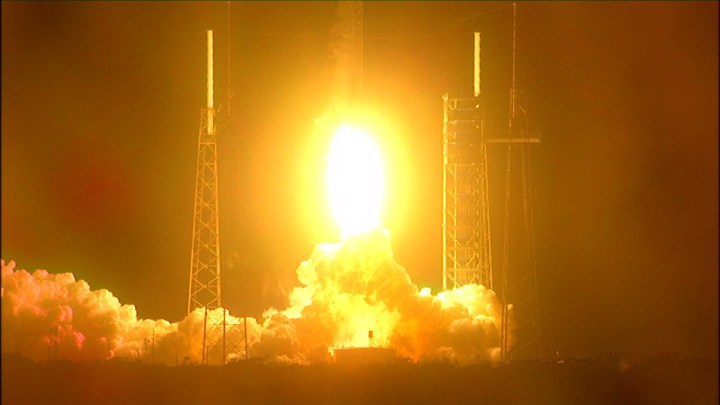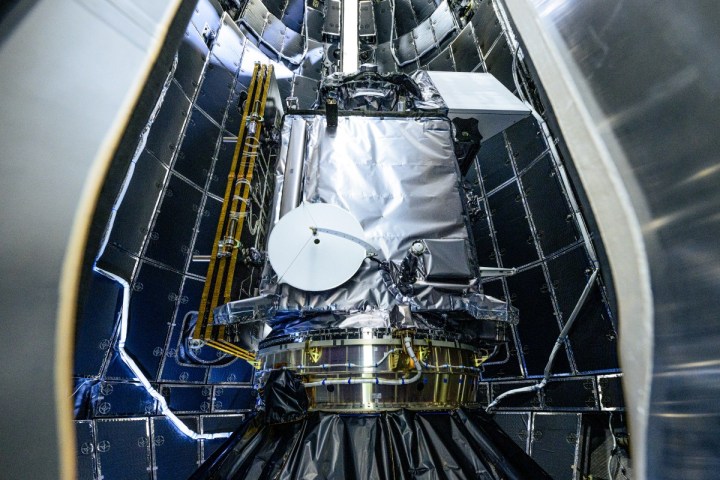NASA has launched its latest Earth-monitoring mission, a satellite that studies the atmosphere and the oceans and their relationship to climate change. The Plankton, Aerosol, Climate, ocean Ecosystem (PACE) mission launched at 1:33 a.m. ET on Thursday, February 8, from Space Launch Complex 40 at Cape Canaveral Space Force Station in Florida.

“Congratulations to the PACE team on a successful launch. With this new addition to NASA’s fleet of Earth-observing satellites, PACE will help us learn, like never before, how particles in our atmosphere and our oceans can identify key factors impacting global warming,” said NASA Administrator Bill Nelson in a statement. “Missions like this are supporting the Biden-Harris Administration’s climate agenda and helping us answer urgent questions about our changing climate.”
The mission has had a rocky history, as it was slated for cancellation by the Trump administration. But the mission was supported by groups like the American Geophysical Union, which argued that studying the Earth’s climate and weather was both scientifically important and fiscally responsible.
“Observations and scientific research from PACE will profoundly advance our knowledge of the ocean’s role in the climate cycle,” said Karen St. Germain, director of NASA’s Earth Science Division. “The value of PACE data skyrockets when we combine it with data and science from our Surface Water and Ocean Topography mission – ushering in a new era of ocean science. As an open-source science mission with early adopters ready to use its research and data, PACE will accelerate our understanding of the Earth system and help NASA deliver actionable science, data, and practical applications to help our coastal communities and industries address rapidly evolving challenges.”

The spacecraft’s primary instrument is the Ocean Color Instrument (OCI), which takes data from the oceans across the ultraviolet, visible light, and near-infrared wavelengths to look at the presence of phytoplankton, or microscopic organisms that live in the near-surface regions of oceans and other bodies of water. A key part of the marine ecosystem, these organisms remove carbon dioxide from the atmosphere and provide a food source for many ocean creatures. The spacecraft also has two polarimeter instruments for studying how sunlight changes when it passes through the atmosphere.
The satellite will now go through a two-month commissioning period before beginning its scientific observations.


